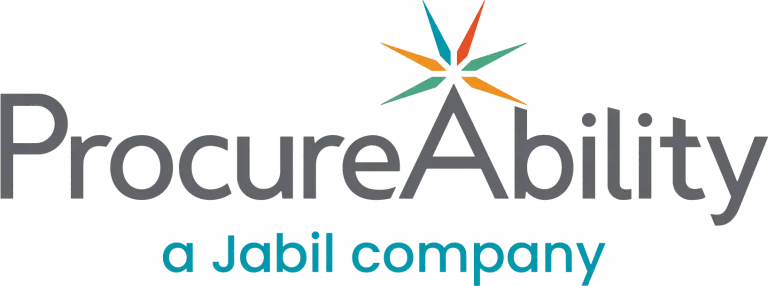A New Palette: What the Natural Dye Movement Reveals About Procurement’s Strategic Role
This summer, seven major food and beverage manufacturers (PepsiCo, Kraft Heinz, General Mills, Nestle, Conagra, J.M. Smucker Co., and Hershey) announced plans to phase out artificial colors and dyes by the end of 2027. Many other manufacturers are likely to follow. These reformulation goals create new opportunities for procurement. Specifically, procurement can strengthen its role as a strategic function, supporting high-visibility business priorities.
Swapping Artificial Colors Is Complex
Replacing artificial colors is more complicated than it may first appear. The first challenge is selecting a natural color that matches the desired shade and vibrancy. It must blend seamlessly into the product, endure the manufacturing process, and remain stable under varying conditions such as temperature, light, and pH.
Once the color is identified, procurement faces the next challenge: sourcing it. Upstream, procurement professionals at dye manufacturers must source the raw ingredients needed to produce the dye. Each opportunity presents unique challenges that require careful planning. Let’s explore two key procurement opportunities.
Procurement opportunity 1: Procuring the natural dyes
The first opportunity is procuring the finished natural dyes. Natural colors have been trending in food and beverages for over a decade. However, recent announcements have sharply accelerated demand. Some products still need adjustments, such as Kraft Heinz’s Crystal Light and Jell-O.
For organizations adding or expanding natural dye procurement, three factors are critical:
- Changing regulations: In April, the U.S. Department of Health and Human Services and U.S. Food and Drug Administration announced plans to phase out petroleum-based synthetic dyes. This process includes setting deadlines for changeovers, revoking authorizations for certain food colors, and approving new natural colors. The approved colors will change over time, so procurement professionals should stay on top of new approvals via the U.S. Food and Drug Administration to identify new sources.
- Competitive market: A leading natural colors manufacturer, Sensient Colors, told the Associated Press that it will need ten times its current output to meet demand. Higher demand may lead to long lead times or temporary shortages. Supplier relationship management is crucial for visibility into lead times and positioning your organization as a customer of choice.
- Cost Management: Addressing affordability will also be critical, as natural colors are significantly more expensive than synthetic alternatives due to the need for tightly controlled growing conditions, specialized extraction methods, certifications, and protective packaging. Procurement specialists should look for bulk discounts and other cost negotiation opportunities to keep new formulations affordable.
Procurement opportunity 2: Procuring from the source
Procurement professionals at natural color manufacturers are partnering with farmers worldwide to source the raw materials needed to produce natural dyes. This includes identifying a diverse array of farmers around the world to spread out risk from natural disasters and challenging growing seasons, teaching these farmers to avoid pesticide contamination and grow products for color vibrancy rather than weight, vetting certifications, and product quality, and more. These procurement partnerships at the top of the supply chain are essential to ensuring that natural color suppliers can meet growing manufacturer demand, enabling brands to move forward with planned product reformulations.
The caveat is that, in some cases, there may be only a few (or even a single) supplier capable of providing a specific natural color. This requires a specialized approach to sole sourcing, where procurement teams work directly with the only supplier able to meet their requirements. Negotiating an effective sole-sourcing agreement can be complex, and it’s important that the final terms deliver value for both parties. To explore strategies for managing these supplier relationships, read ProcureAbility’s latest blog post: “Streamlined Solutions: A roadmap to negotiating a strategic sole-source agreement.”
By applying a range of proven tools and strategies, procurement professionals can play a key role in helping their organizations successfully reach their reformulation goals.


